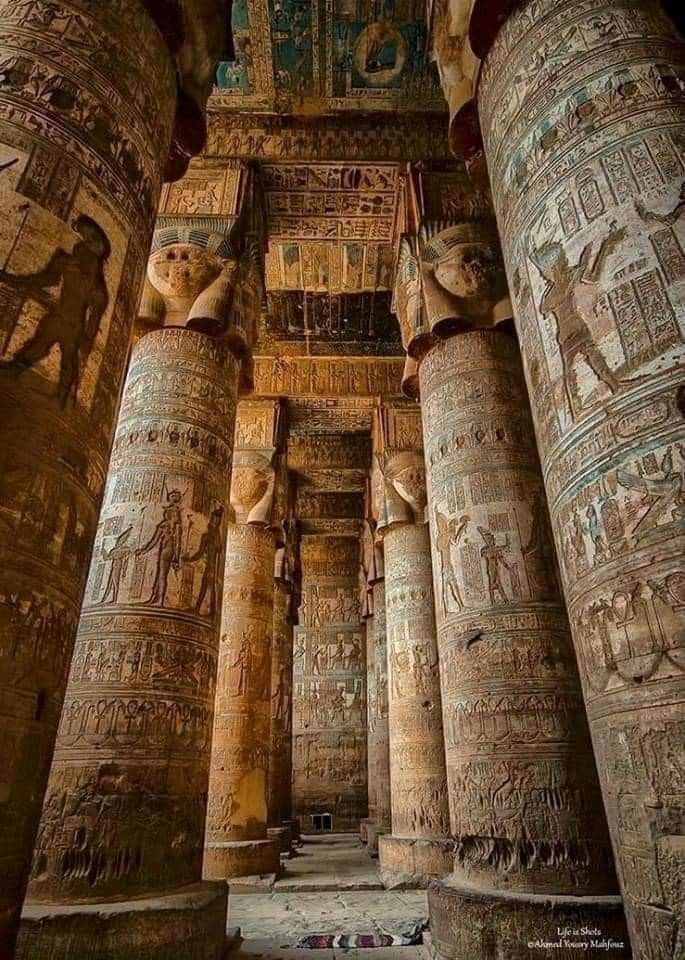The colors that shaped ancient Egyptian life and civilization

“Colors are the smiles of nature, filling our days with life and emotion.” Colors breathe life into our existence, transforming the ordinary into the extraordinary.
” Have you ever wondered how a simple hue can evoke powerful emotions or tell a story? In ancient Egypt, colors were not just visual elements; they were integral to the very fabric of society, carrying rich meanings and profound symbolism. Join me on a journey through this vibrant world, where every shade tells a tale of life, death, and the divine.
How did the ancient Egyptians use colors to communicate their beliefs and aspirations? Let’s explore the fascinating palette of a civilization that celebrated the beauty of nature and the depth of human experience.

The Palette of Ancient Egypt
Imagine standing in the sun-drenched sands of the Egyptian desert, surrounded by a world painted in rich, striking hues. From the deep blue of the Nile to the golden sands of the dunes, every color in ancient Egypt carried significance and purpose.

Symbolism of Colors
Red: Often associated with chaos and disorder, red represented both the deserts and the life-giving floodwaters of the Nile. It embodied the dual nature of life—both the destructive and the transformative.
Blue: Symbolizing the heavens and the waters, blue was a color of life and fertility. It was often associated with gods and was believed to bring protection and healing.
Green: The color of regeneration and rebirth, green was linked to the fertile lands along the Nile. It represented life, growth, and the annual flooding that rejuvenated the soil.
Yellow: Associated with the eternal and the divine, yellow symbolized the sun and gold. It represented immortality and was often used in funerary art to convey a sense of everlasting life.
Black: More than just the color of mourning, black symbolized fertility and the rich soil of the Nile. It was a powerful reminder of the life cycle and the promise of regeneration.
White: Representing purity and simplicity, white was often used in religious contexts. It signified the divine and the sacred, as well as peace and cleanliness.

Sourcing Colors from Nature
The ancient Egyptians were masters of utilizing the natural world to create their vivid palette. They sourced their colors from minerals, plants, and other natural materials:
Minerals: They used malachite for green, lapis lazuli for blue, and ochre for reds and yellows. These natural minerals were ground into powders and mixed with binders to create durable paints.
Plants: Certain plants provided dyes; for example, indigo was used for blue, while other plants were crushed to yield greens and yellows.
Charcoal: Used for black, charcoal was a readily available material that provided depth and intensity to their artwork
.

The Impact of Color on Life
Colors permeated every aspect of ancientEgyptian life—from art and architecture to clothing and jewelry. They adorned tombs, temples, and monuments, weaving a narrative that celebrated their beliefs, values, and relationship with the divine. The vibrant hues served not only to beautify but to communicate messages of power, protection, and reverence for the gods
As you ponder the significance of color in your own life, think about how it shapes your emotions and experiences. In a world that often feels monochromatic, how do you incorporate the vibrancy of color to bring joy and meaning to your days?








